With the Moon a barren, airless satellite, Venus an inhospitable planet with toxic atmosphere and surface temperatures of about 900 degrees Fahrenheit (475 degrees Celsius), and Mars at least a seven-month journey away from Earth, our nearest neighbors in the solar system don’t look like particularly welcoming destinations when thinking about space colonization.
There is, however, another option. No, we’re not talking about other planets or solar systems, but about something scientists refer to as “orbital space settlements.” Think of them as giant spacecrafts large enough to carry humans beyond the Earth’s orbit. Even better, think of them as space cities, as the great scientific visionary Carl Sagan preferred to call them.
Either way, do think of them, since Jeff Bezos himself has recently proposed building one. You know what they say: if Muhammed can’t go to the mountain (because it’s hot enough to melt lead), well, he can bring the mountain with him… into outer space!
What exactly is an O’Neill cylinder?
An O’Neill cylinder is one of the earliest space settlements concepts, and arguably still one of the best-known. If you’ve ever watched the movie Interstellar, that final scene, at Cooper Station, happens in an O’Neill cylinder.
It was originally conceived in a university project, set by American physicist Gerard K. O’Neill for his undergraduate physics students at Princeton. The students were supposed to envision large outer space structures not only feasible for human habitation, but also desirable. This resulted in a 1974 “Physics Today” article—freely available on the National Space Society website—which O’Neill developed more fully in his landmark 1976 book, The High Frontier: Human Colonies in Space.
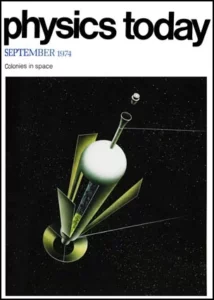
In both the article and his book, O’Neill criticizes humanity’s “fixed idea of planets as colony sites” as “a mental hang-up” and argues for an alternative approach, which he traces back to Soviet space pioneer Konstantin Tsiolkovsky. The crux of his proposal is this: rather than discovering ways to build hospitable cities on inhospitable planets, maybe we should just build an Earth-like city in outer space!
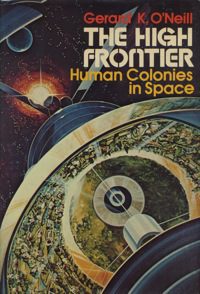
That’s what the O’Neill cylinder essentially is. Technically, it is a type of space megastructure composed of two counter-rotating cylinders, connected at each end by a rod. The rotation of these gigantic cylinders—each of them 5 miles (8.0 km) in diameter and 20 miles (32 km) long—would provide artificial gravity environments which can then be outfitted to support human life.
O’Neill even saw the potential for most industrial activity to be moved away from Earth in less than a century, and for space habitats to raise the size limit for the human race to at least 20,000 times its maximum possible size by 1974 standards!
What would life look like on an O’Neill cylinder?
In a short-term mission on a space station, some discomforts are tolerable (e.g., lack of gravity or a tinned-food diet), but living a full and normal life in an artificial space settlement is a wholly different matter; in order for it to work, certain conditions must be met.
Prerequisites, obviously, include air, water, land, living space, energy and gravity. A light system able to replicate day and night patterns should also be beneficial, due to the way we’ve evolved as human beings. Furthermore, protection from radiation and stable positioning for the colony structure (relative to the sun) would both be essential for longer-term survival.
As conceived, an O’Neill cylinder should meet all of these conditions, drawing on the vast resources of the Sun to collect solar energy, using ores available from the Moon (and close asteroid belts) for construction, and employing the forces of rotational acceleration to recreate Earth’s gravity. But let’s delve a little deeper.
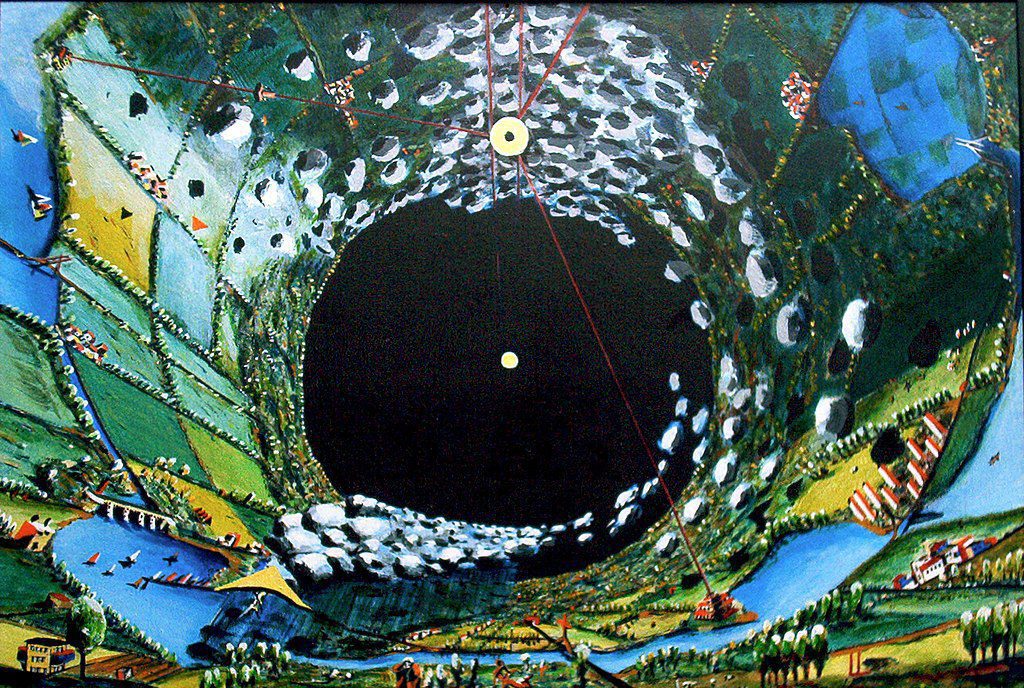
Artificial gravity
Even though weightlessness is a major potential resource of space—for it allows humans to performs tasks which would be impossible on Earth—the evolution of human beings occurred in the presence of gravity, so at least some level of gravity must act on humans in space most of the time, lest we want to risk health issues down the line.
The O’Neill cylinder takes this into consideration. The movement of the two counter-rotating cylinders should create artificial gravity on the settlement’s inner surface via centrifugal force. To simulate the Earth’s gravitational acceleration in a cylinder of this size (i.e., 9.81 m/s²), O’Neill calculated that the unit would need to rotate about 28 times each hour. Before you ask, research on human beings in rotating reference frames has indicated that at such low rotation speeds, motion sickness is unlikely for most people.
As a further benefit, the central axis of the O’Neill habitat would be a zero-gravity area, and a possible location for recreational facilities. The habitat’s industrial manufacturing block could also be located here to take advantage of the lower energy needs for work under zero-gravity conditions.
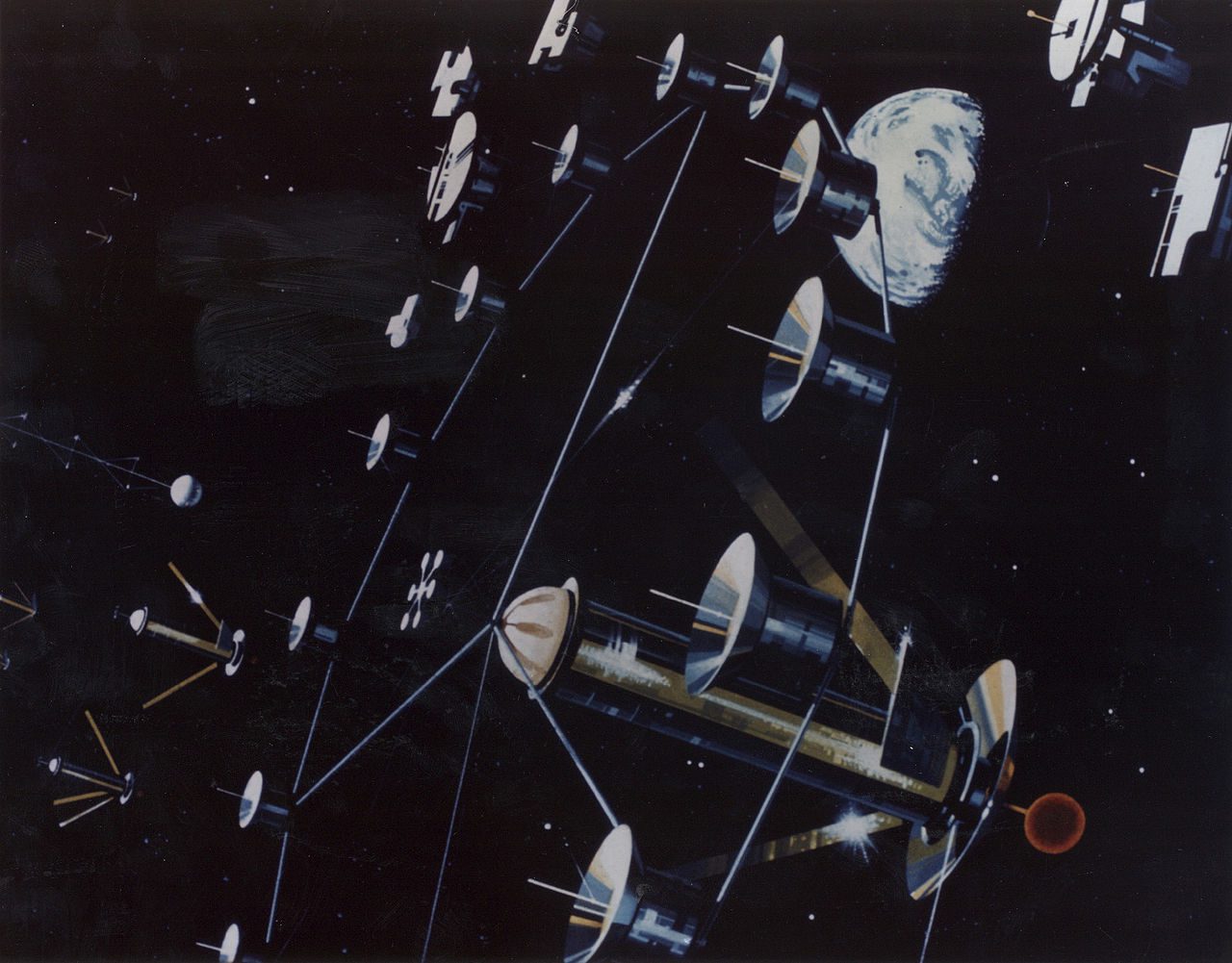
Atmosphere
The interior atmosphere of an O’Neill cylinder is planned to contain oxygen and nitrogen, but at a slightly different ratio than terrestrial air and at only partial pressures, with the total pressure inside the cylinder just over half of Earth’s, when measured at sea level.
The half-pressure atmosphere should save gas, and also allow for the habitat walls to be constructed with far less material than they would have to be if the atmosphere inside was at full Earth’s pressure. But wouldn’t that expose people to more radiation?
Radiation
Despite being thinner, coupled with the air inside, the walls in an O’Neill cylinder should provide adequate shielding against cosmic rays from deep space.
Even so, it is quite likely that human beings in such an environment would still be exposed to more radiation than on our planet, thereby having slightly higher risks of developing cancer.
However, scientists argue that this shouldn’t be an issue of serious concern, as it could be managed with frequent and thorough screenings.
Climate and weather
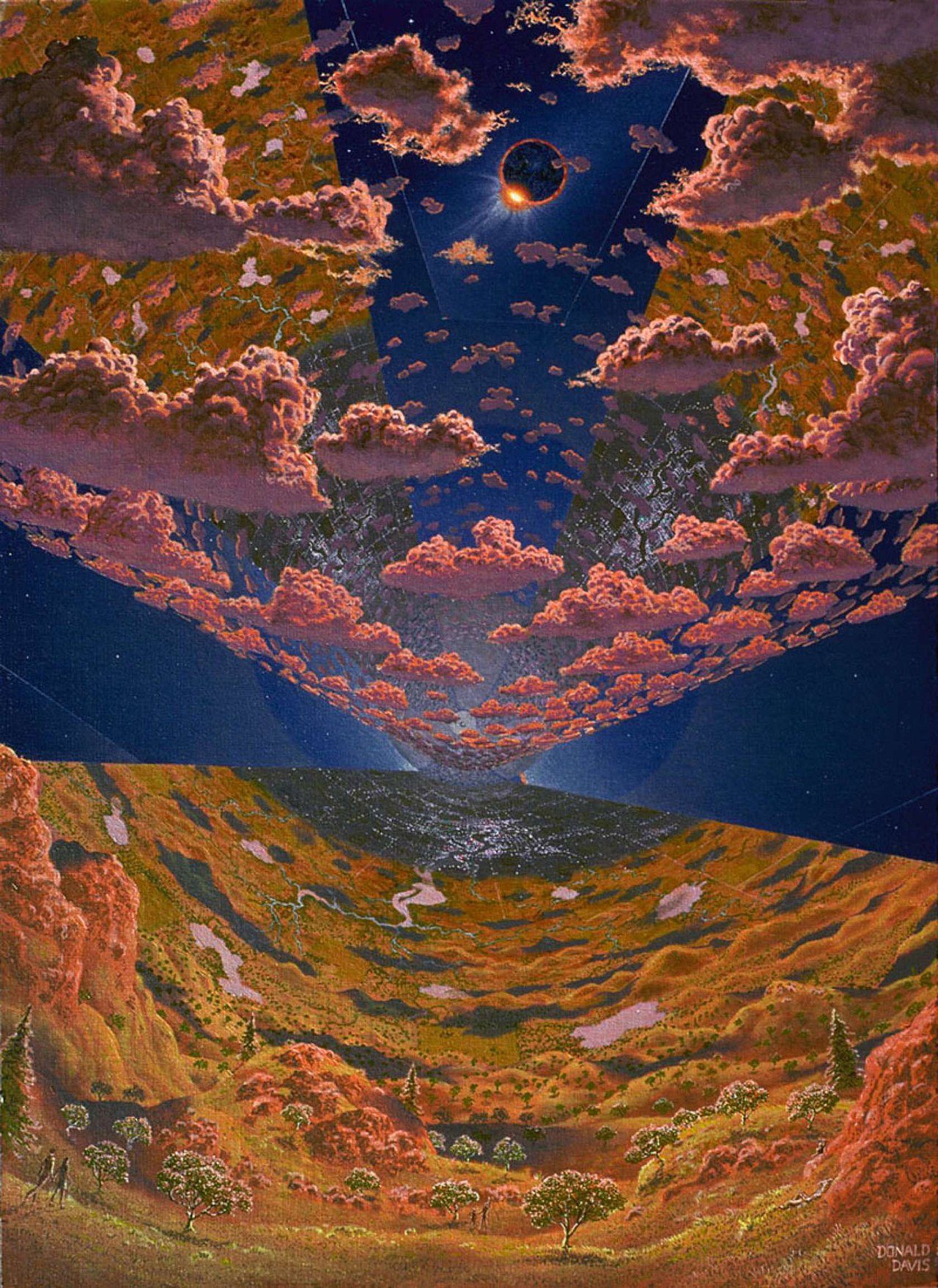
The O’Neill cylinders are conceived to be large enough to have their own weather, which could even be manipulated either by using mirrors to reflect more or less sunlight or by altering the internal atmospheric composition of gases.
So, conceivably, people inside an O’Neill cylinder should even be able to vote whether they’d prefer to have a sunny summer day tomorrow or an idyllic June winter morning.
Sunlight
Human beings are healthier and happier when their environment follows a clear day and night pattern. O’Neill’s models use large mirrors to achieve this, with light either deflected away, or reflected into the cylinder through transparent windows to simulate night and day.
In the day phase, the mirrors could move so that the reflected Sun appears to progress naturally as on Earth. During the night phase, waste heat (from humans, agriculture, computing etc..) would radiate out of the structure.
Damage control
The habitat’s windows would be made of many small sections, separated by steel window frames, so as to manage better air pressure stresses and avoid catastrophic damage. If a meteoroid breaks a pane, some air might be lost before repair. However, this should be negligible compared to the very large volume of air in the habitat.
Energy
The cylinders of an O’Neill space colony would be entirely fueled through solar paneling around the outer surfaces.
While tapping solar power on Earth is limited by day/night and mediated by atmosphere and weather conditions, space colonies would be able to harvest energy from the Sun constantly, in a direct stream. Hence, seen in isolation, an O’Neill cylinder should conceivably score higher on a Kardashev scale than our civilization on Earth.
Looking at O’Neill’s original propositions for a space habitat now—almost 50 years after their original publication—progress in solar and space technology make his energy suggestions not just feasible, but viable and highly effective as well.
Agriculture
O’Neill envisaged agricultural areas separated from the living areas for both functional and aesthetic purposes. Separate pods would form an outer agricultural ring at the cylinder’s end caps, with each pod having the best climate and conditions for their own particular crop.
Landscape
Last but not least, aesthetics. In accordance with O’Neill’s original plans, the cylinders would employ trompe-l’œil illusions to show seemingly endless areas beyond the space habitat, all designed to mimic attractive regions of our planet.
Living space would lie alongside a parkland and a forest, complete with lakes, rivers and a balance of terrestrial flora and fauna. Sporting and recreational facilities would be easily accommodated, and transport within the cylinder could be provided by bikes, clean electric vehicles or walking.
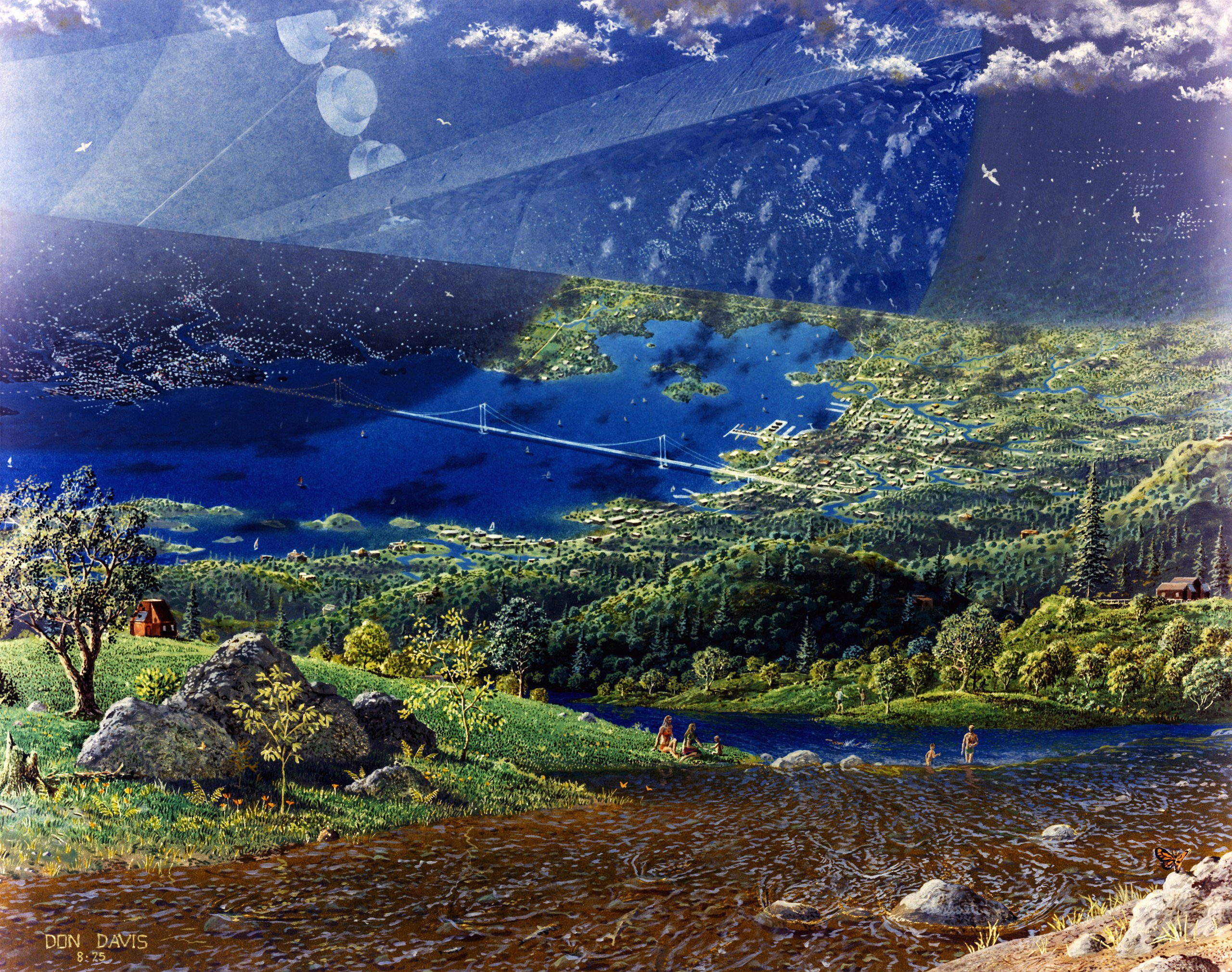
How would we build an O’Neill cylinder?
Even though it was conceived with late 20th-century technologies in mind, there are still major logistical challenges we need to overcome before we are able to build a feasible O’Neill cylinder. For example, transporting enough raw materials into space to build such a large structure would be extremely costly and energy-intensive.
For this reason, O’Neill’s model depends on our ability to establish a few simple manufacturing facilities in space, potentially on the Moon. The Moon is rich in iron, aluminum and titanium ores which would be vital for construction of the cylinders; moreover, materials extracted directly from the Moon or nearby asteroids could meet the bulk of internal project needs.
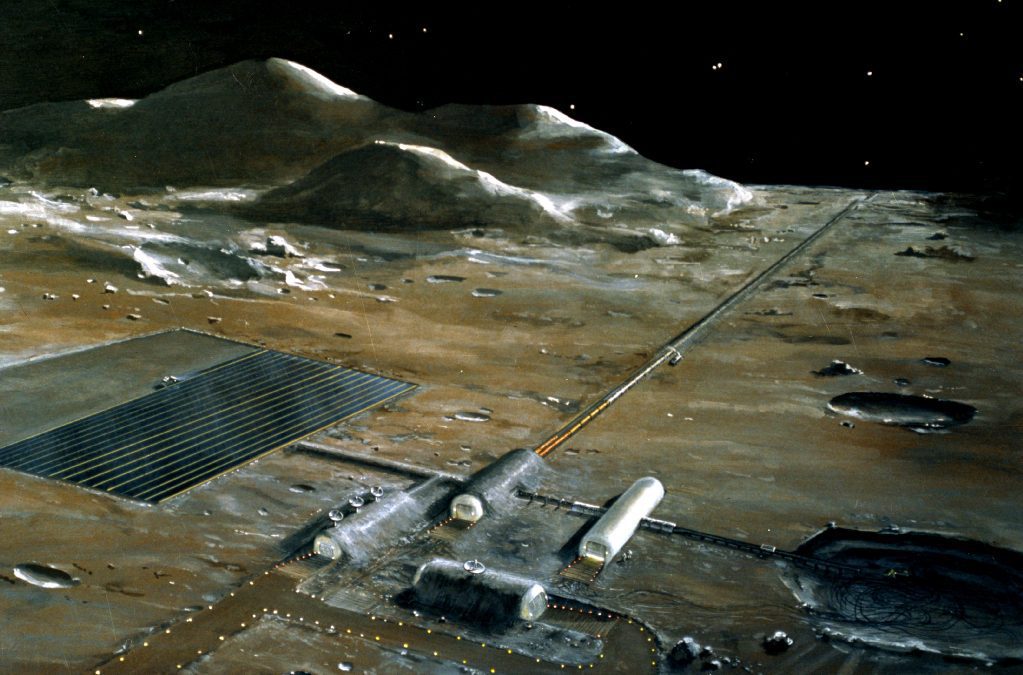
A NASA Lunar base concept would also provide a low-gravity launch site, making it quicker, easier and cheaper to position components in space via a large electromagnetic catapult. With modern 3D printing and robotic technologies, construction could be even more efficient than O’Neill envisioned.
Once production facilities and the electromagnetic launcher have been built, all energy needs can be met by solar power; the immense cost drops radically. Only materials and items not available in space would need to be transported from Earth (e.g. soil, animals and seeds), but this can be done via existing space stations.
But what is the actual point of an O’Neill cylinder?
The O’Neill cylinder and other types of orbital space settlements could serve several possible purposes, including but not limited to:
- relieving pressure on an overpopulated earth
- acting as a space station or staging post for future space exploration (e.g. journeys to Mars or out of our solar system)
- enabling even more ambitious space megastructures at a future stage of human development (e.g. a Dyson sphere)
- providing an insurance policy for the human race in case of a catastrophic event which might wipe out our species on Earth
- establishing an outer-space base for heavy industries which are currently responsible for a large part of global warming, significant pollution, ecosystem disruption, and all types of harm to human health on Earth.
And of course, maybe a little bit, just for fun…?
A final word
What lies just beyond Earth isn’t worthless empty space but a huge source of construction materials and solar power which could make space colonization both economically viable and desirable. With advances in solar energy applications, automated mining and transport, and 21st-century computing we’re better placed than ever to pilot a space settlement project along O’Neill cylinder lines. But will the green button be pressed in recent future? And who will be the one to do it?


